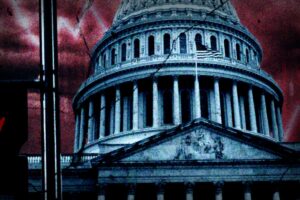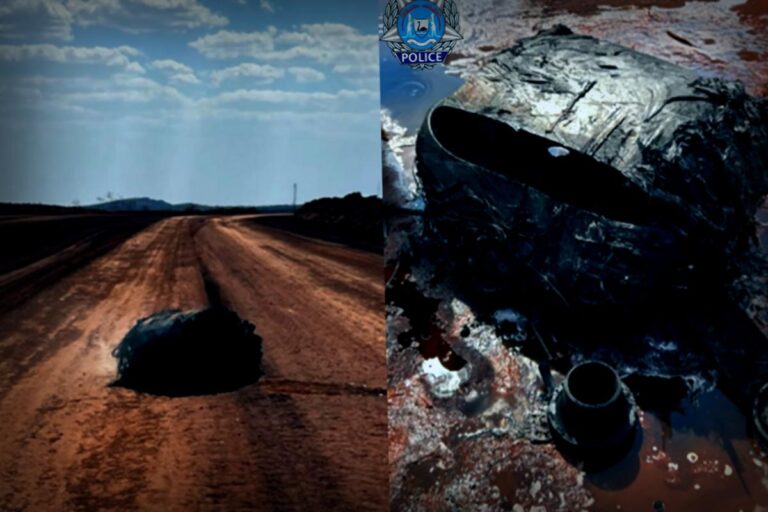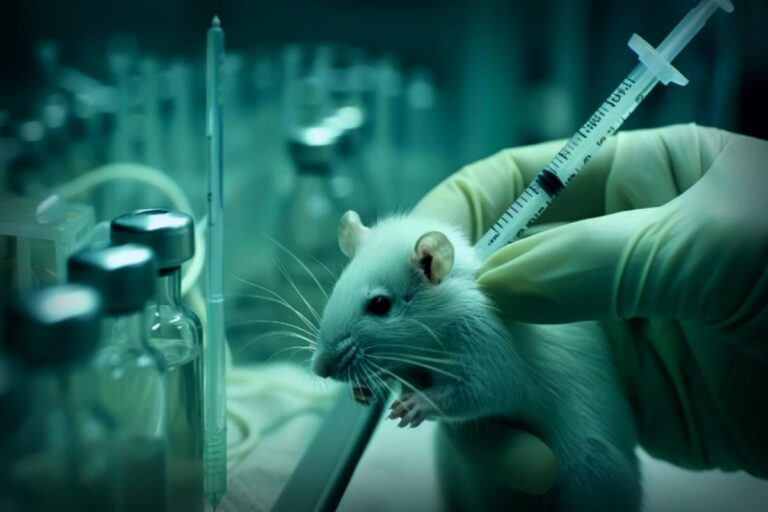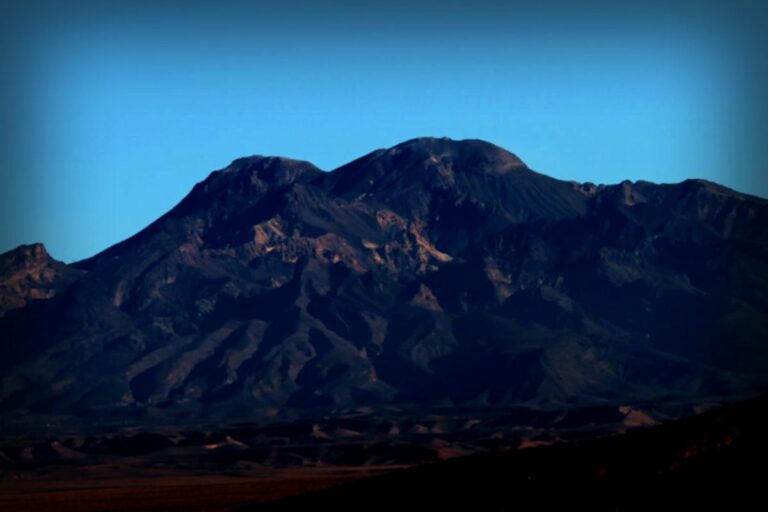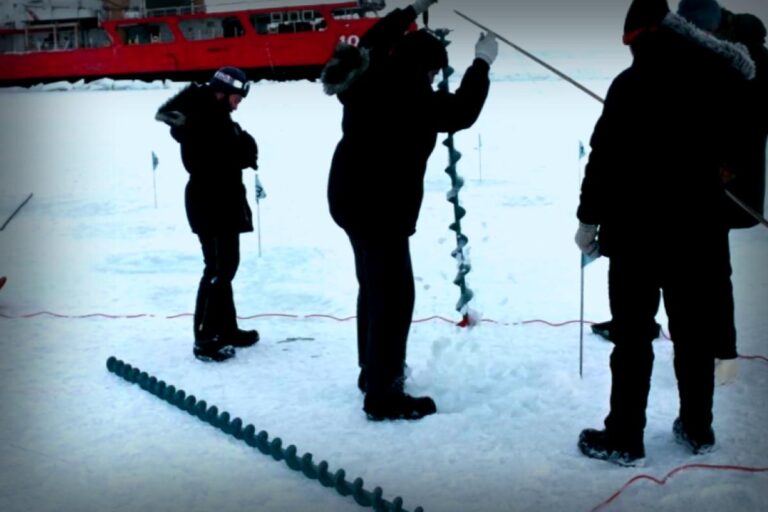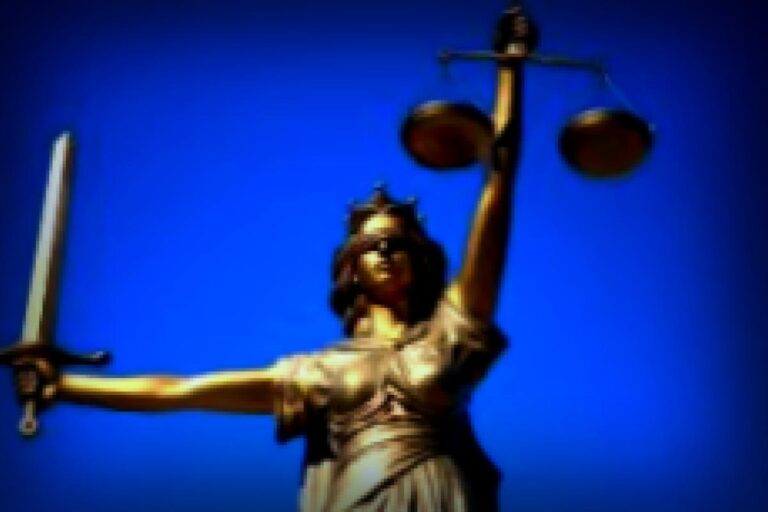The First Nuclear Explosion Unveils an Odd Type of Matter — Scientists Are Still Puzzled
Sometimes the most surprising discoveries come from the unlikeliest of places. In this case, we’re talking about a material not created in a lab but formed as a result of a historic nuclear explosion. Back in 1945, during the United States’ first nuclear test, the intense heat melted desert sand, copper, and even part of the testing tower into a substance known as trinitite. Fast forward to years later, and researchers are now uncovering a rare material hiding within that trinitite, sharing their findings in a study published in the Proceedings of the National Academy of Sciences (PNAS).
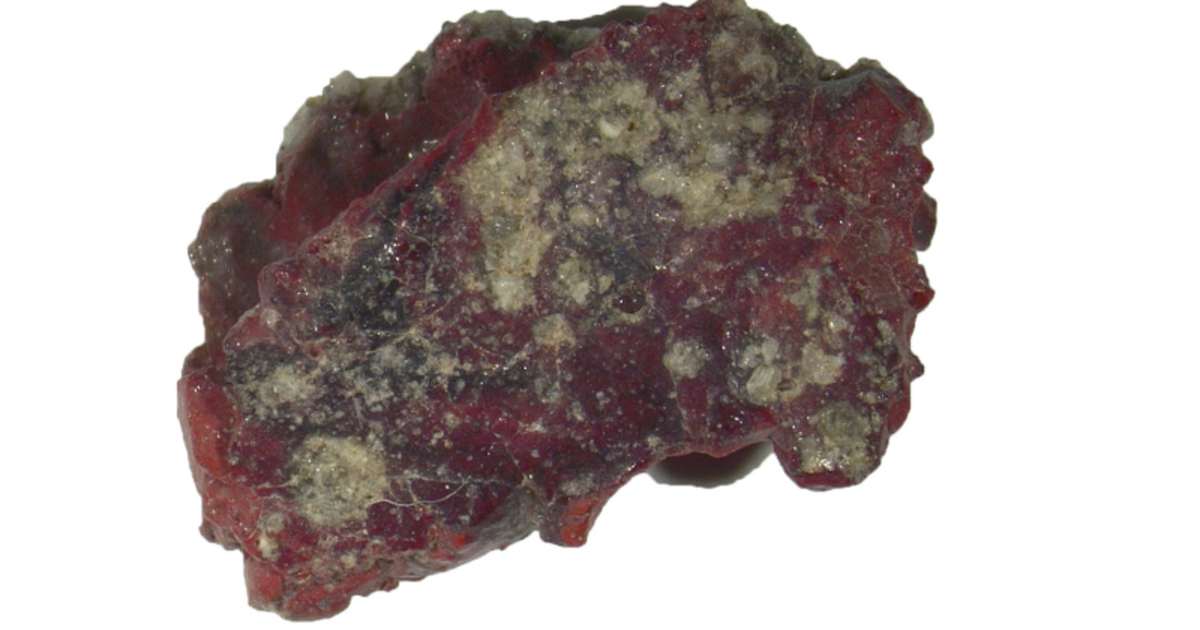
The Epic Moment: The ‘Trinity Test’
On July 16, 1945, the U.S. Army set off a plutonium bomb called “Gadget,” marking the world’s first nuclear explosion, a historic event referred to as the “Trinity Test.” This blast brought an equivalent power of 21 kilotons of TNT! It melted a 98-foot tower alongside the copper lines connected to it, which fused together with the sand into a type of green glass that was named trinitite.
What’s surprisingly fascinating is that within the shards of trinitite, scientists later discovered a special piece of a quasicrystal. This material is incredibly rare and goes against all the known rules of atomic structure. According to geophysicist Terry Wallace at Los Alamos National Laboratory, “Quasicrystals come from extreme environments rarely encountered on Earth, requiring significant shock, temperature, and pressure — conditions you’d normally find in a nuclear explosion,” as reported by Phys.
Curious Findings About the Quasicrystal
Typically, crystals, whether they’re a slice of rock salt or sparkling diamonds, follow a repeating atomic pattern known as a lattice structure. However, these new quasicrystals break that mold — their atomic arrangement doesn’t repeat. When this concept first came out back in 1984, it was viewed as impossible.
Traditionally, crystals existed in ordered patterns or were completely chaotic, with no middle ground. But researchers in this study observed that quasicrystals produced in labs or found in meteorites were formed through immense shock from high-velocity impacts. Recognizing that these extreme conditions were necessary for quasicrystal formation, scientist Luca Bindi and his team from the University of Florence took a deeper look at some trinitite samples, particularly the rare red ones.
The team employed techniques like electron microscopy and X-ray diffraction to study six samples of red trinitite. In one sample, they discovered a tiny 20-sided crystal made of silicon, copper, iron, and calcium, exhibiting a five-fold rotational symmetry rarely spotted in ordinary crystals. Wallace remarked, “This quasicrystal’s complexity is astonishing, yet we still can’t explain why it’s formed this way. One day, someone will crack the code and provide a thermodynamic rationale for its existence. Then we can hopefully leverage this understanding to enhance our knowledge about nuclear explosions and the full implications of nuclear tests.”
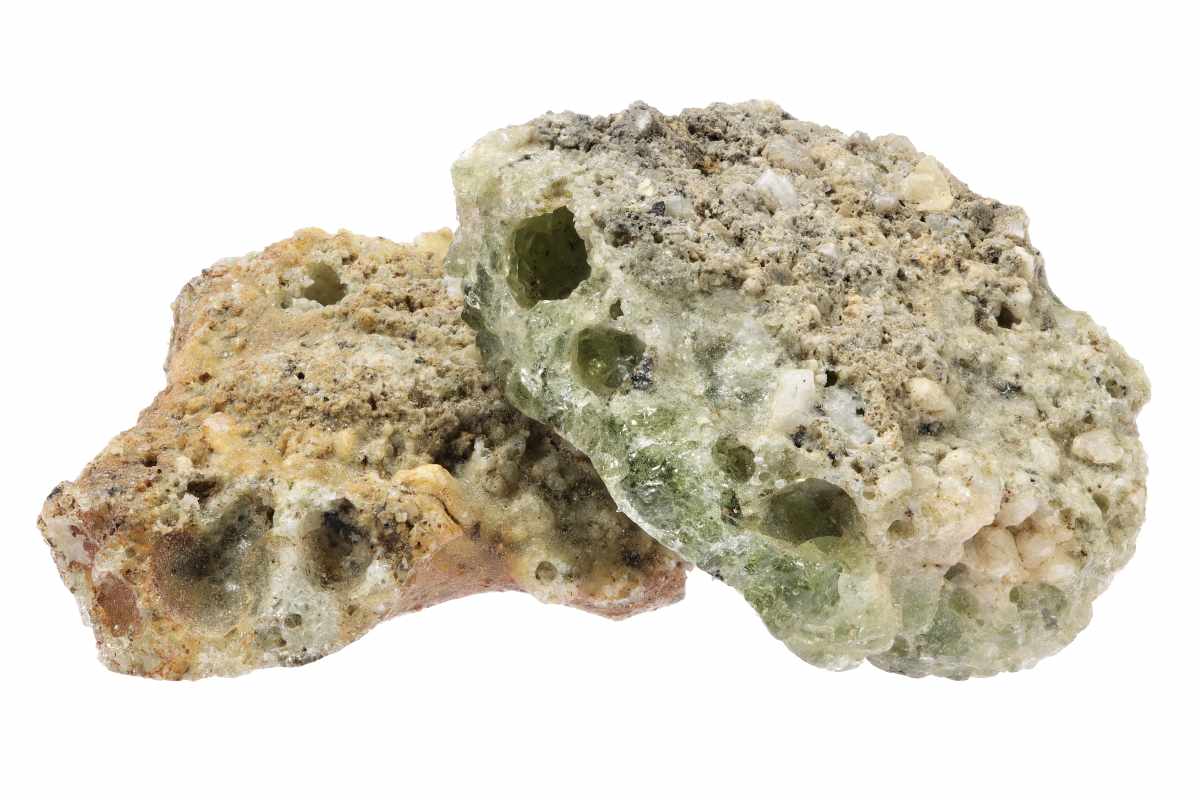
Examining Other Nuclear Sites
Looking into the minerals created at other nuclear testing locations could reveal even more quasicrystals. Additionally, studying their thermodynamic properties might one day provide useful tools for forensic investigations in nuclear contexts. Wallace concluded, “To truly understand nuclear weapons from other countries, it’s crucial to grasp their nuclear testing programs. We usually analyze radioactive debris and gases to learn about the weapons’ build or composition, but these signatures don’t last long. A quasicrystal formed at a nuclear blast site could provide ongoing, invaluable insights.”




